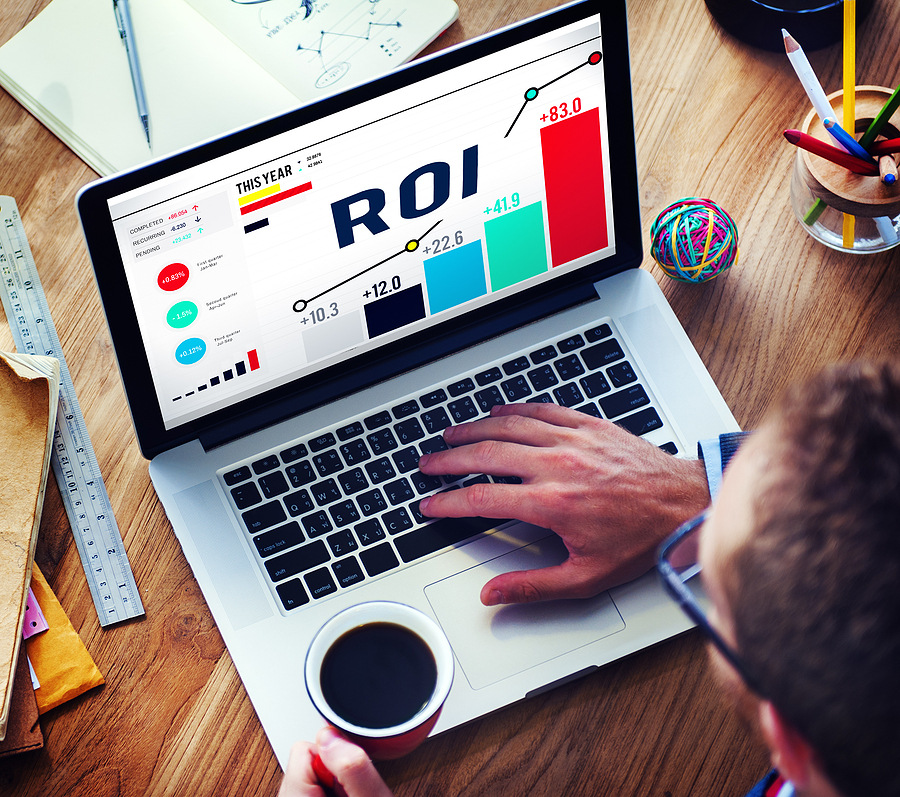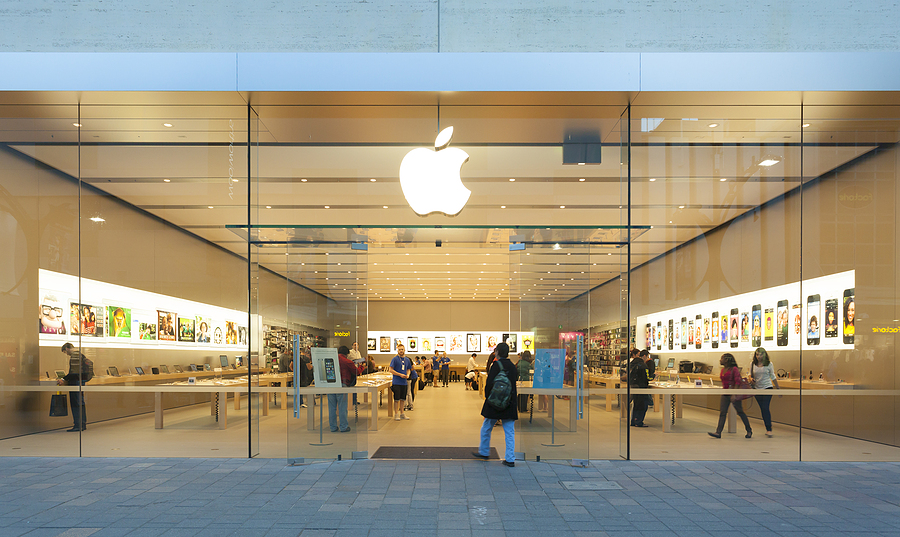A commercial construction project is a significant investment. Beyond the initial costs of land and materials, a successful project must generate a positive Return on Investment (ROI) to be considered a financial success. Achieving a high commercial construction ROI isn’t about cutting corners; it’s about making strategic, informed decisions at every stage of the project lifecycle.
For business owners and developers, understanding the levers that influence ROI is critical. From the initial feasibility study to long-term maintenance, every choice has financial implications. This guide will walk you through the key decisions in the planning, construction, and post-construction phases, providing the insights and metrics you need to maximize the profitability of your next commercial construction venture.

The Foundation of Profitability: The Planning Phase
The most critical decisions impacting your project’s ROI are made long before the first shovel hits the ground. A well-thought-out planning phase sets the stage for success, minimizing risks and optimizing outcomes. Projects that conduct thorough feasibility studies are 35% more likely to meet or exceed their ROI goals, which highlights the importance of meticulous preparation.
Key Financial Metrics to Guide Your Decisions
Before committing to a project, it’s essential to analyze its financial viability using established metrics. These calculations provide a clear picture of the potential returns and risks involved.
- Return on Investment (ROI): This is the most straightforward metric for profitability. It measures the efficiency of your investment.
- Formula: ROI = (Net Profit / Cost of Investment) x 100
- A higher ROI percentage indicates a more profitable project.
- Net Present Value (NPV): NPV helps you understand the value of a project’s future cash flows in today’s dollars, accounting for the time value of money.
- Formula: NPV = Σ [Cash Flow / (1 + r)^t] – Initial Investment (where ‘r’ is the discount rate and ‘t’ is the time period)
- A positive NPV suggests the project will be profitable.
- Internal Rate of Return (IRR): The IRR is the discount rate at which the NPV of all cash flows from a project equals zero. In simpler terms, it’s the expected annual rate of growth an investment is expected to generate. If the IRR is higher than your required rate of return, the project is considered a good investment.
- Break-Even Analysis: This analysis determines the point at which your total revenue equals your total costs. Knowing your break-even point helps you understand when the project will start generating a profit.
The Importance of a Feasibility Study
A comprehensive Feasibility Study is your roadmap to a high ROI. It evaluates the project’s potential for success by examining several key areas:
- Market Analysis: Understanding demand, identifying target tenants, and analyzing competitors.
- Site Selection: Assessing location, accessibility, and zoning regulations.
- Financial Projections: Estimating costs, revenues, and the key metrics listed above.
- Legal & Regulatory Review: Ensuring compliance with all local laws and building codes to avoid costly delays and fines.
View Our Commercial Construction Services 🔍
Building for Success: The Construction Phase
With a solid plan in place, the focus shifts to execution. Strategic decisions during the construction phase are crucial for keeping the project on budget and schedule, directly impacting your commercial construction ROI.
Leveraging Technology for Better Returns
Modern construction technologies are game-changers for improving efficiency and reducing costs.
- Building Information Modeling (BIM): This technology creates a digital 3D model of a project, allowing for better coordination among architects, engineers, and contractors. BIM helps identify potential clashes and errors before construction begins, minimizing expensive rework and delays.
- Prefabrication and Modular Construction: Building components off-site in a controlled environment can significantly speed up project timelines. This approach reduces on-site labor costs, minimizes weather-related delays, and often results in higher-quality construction.
Managing Costs and Quality
Effective management of materials and labor is fundamental to protecting your ROI.
- Material Selection: Opting for durable, high-quality materials might increase initial costs but can lead to significant long-term savings on maintenance and repairs. Incorporating sustainable materials can also provide access to tax incentives.
- Labor Costs: Working with a reputable commercial construction company ensures you have skilled labor, reducing the risk of substandard work that leads to costly corrections. Proactive project management can also prevent labor disputes and scheduling conflicts that drive up costs.
Mitigating Common Construction Risks
Several risk factors can negatively impact your project’s financial performance. Proactive mitigation is key.
- Budget Overruns: Implement a detailed cost plan with a contingency fund. A strict change management process can control scope creep.
- Project Delays: Work with reliable suppliers and have robust contracts in place. A proactive project manager will anticipate and address potential delays before they escalate.
- Substandard Quality: Enforce rigorous quality control inspections throughout the construction process to ensure all work meets the required standards.
Maximizing Value: The Post-Construction Phase
The project doesn’t end when the keys are handed over. Long-term operational and maintenance strategies are vital for maximizing the lifetime ROI of your commercial property.
Driving Long-Term Value
- Energy Efficiency: Incorporating green technologies and sustainable building practices, such as energy-efficient HVAC systems and LED lighting, reduces ongoing operational costs. These features are also increasingly attractive to tenants, potentially allowing for higher rental rates.
- Smart Building Technologies: Integrating Internet of Things (IoT) devices and automated systems for lighting, security, and climate control enhances operational efficiency. These modern amenities can also significantly improve tenant satisfaction and retention.
- Proactive Maintenance: A planned maintenance schedule prevents minor issues from becoming major, costly problems. Well-maintained properties retain their value better and keep tenants happy, reducing turnover and vacancy rates.
The Role of Legal and Regulatory Factors
Navigating the legal landscape is crucial for protecting your investment.
- Tax Incentives: Federal and local governments often offer tax credits for green building practices, which can directly boost ROI.
- Compliance: Adhering to all environmental regulations and building codes from the outset prevents fines and legal challenges down the line.
- Contracts: Ironclad contractual agreements with tenants and service providers protect your interests and provide clear guidelines for all parties.
Final Thoughts
Achieving a high Return on Investment (ROI) in commercial construction requires more than just constructing a building; it demands a strategic, forward-thinking approach at every step. From the initial financial analysis to long-term operational management, every decision contributes to the project’s ultimate financial success.
By focusing on meticulous planning, leveraging modern technology, managing risks proactively, and optimizing for long-term value, you can ensure your commercial construction project is not just a structure, but a profitable and lasting asset.
If you are ready to begin planning a project in Indianapolis that delivers maximum ROI, our team is here to help. Contact us today to discuss how our commercial construction expertise can turn your vision into a successful investment.
Call Now to Schedule a Consultation
Related Post: The Importance of Feasibility Studies for New Build Commercial Construction Projects






















